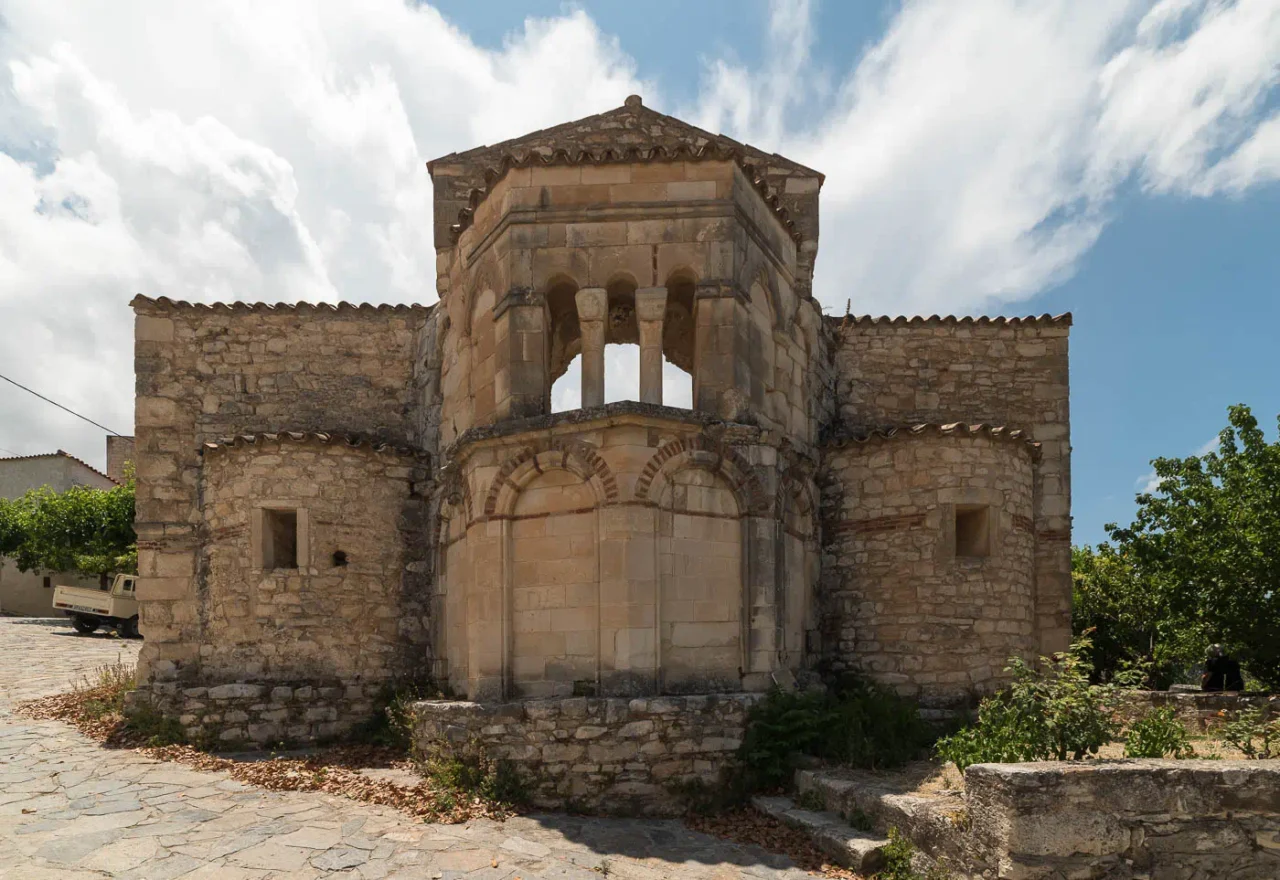
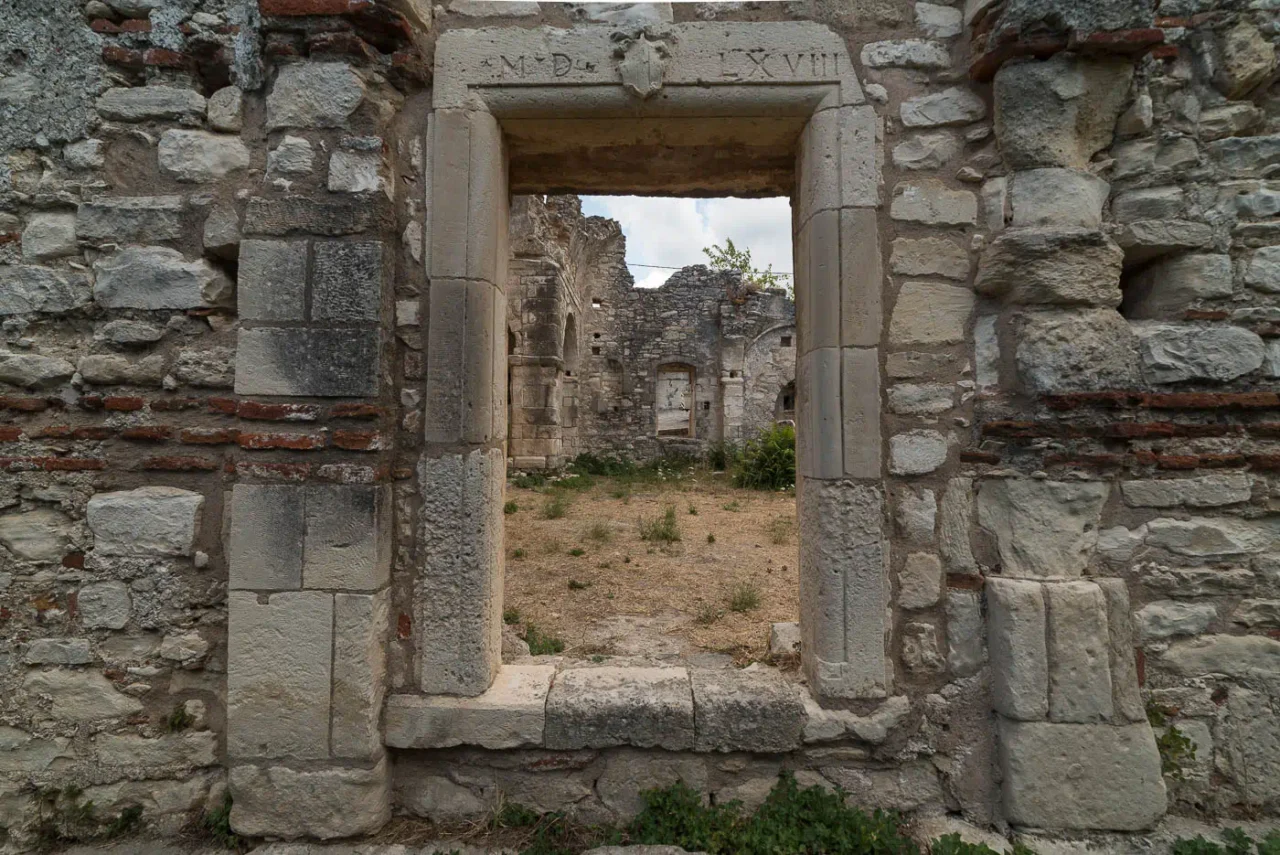
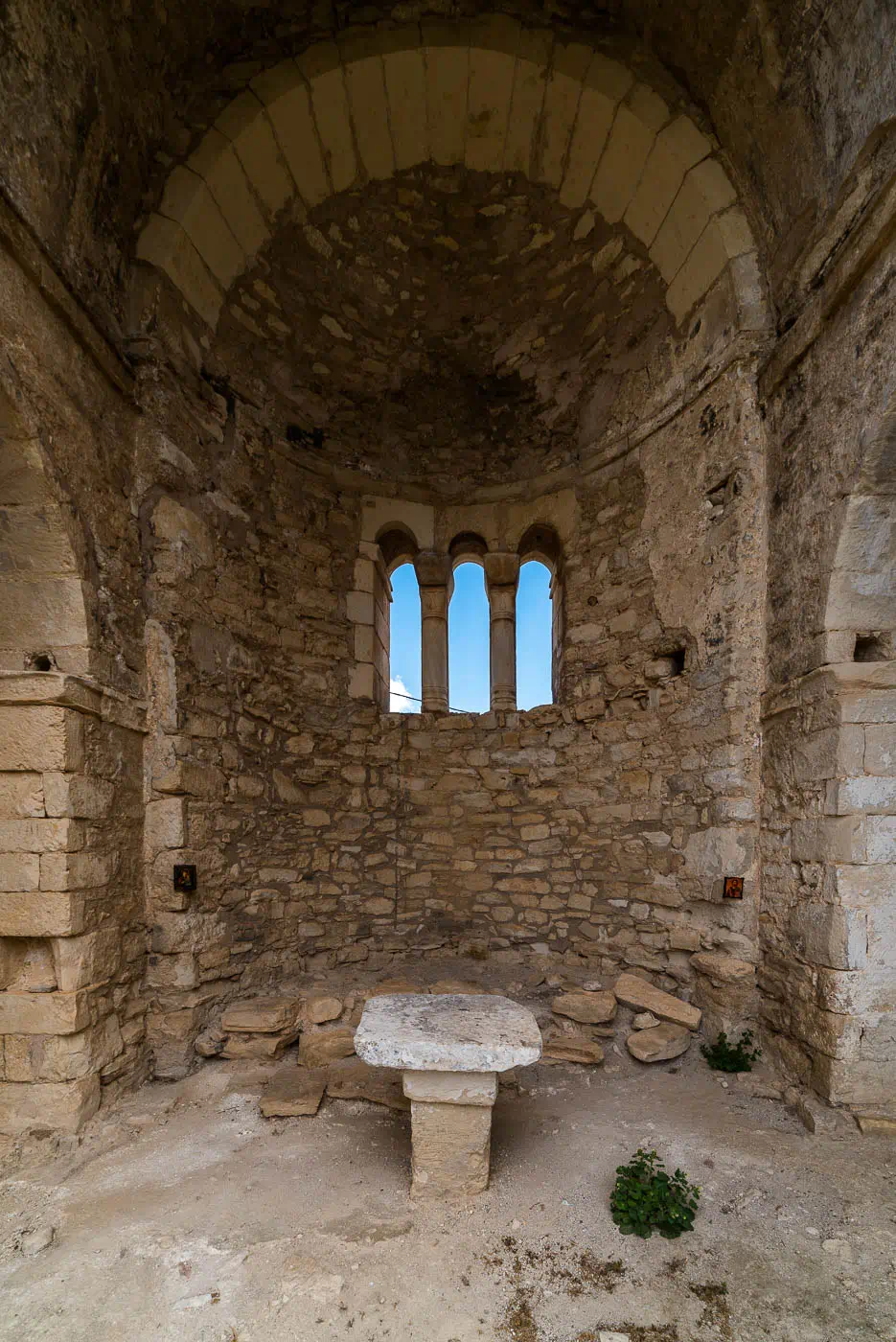
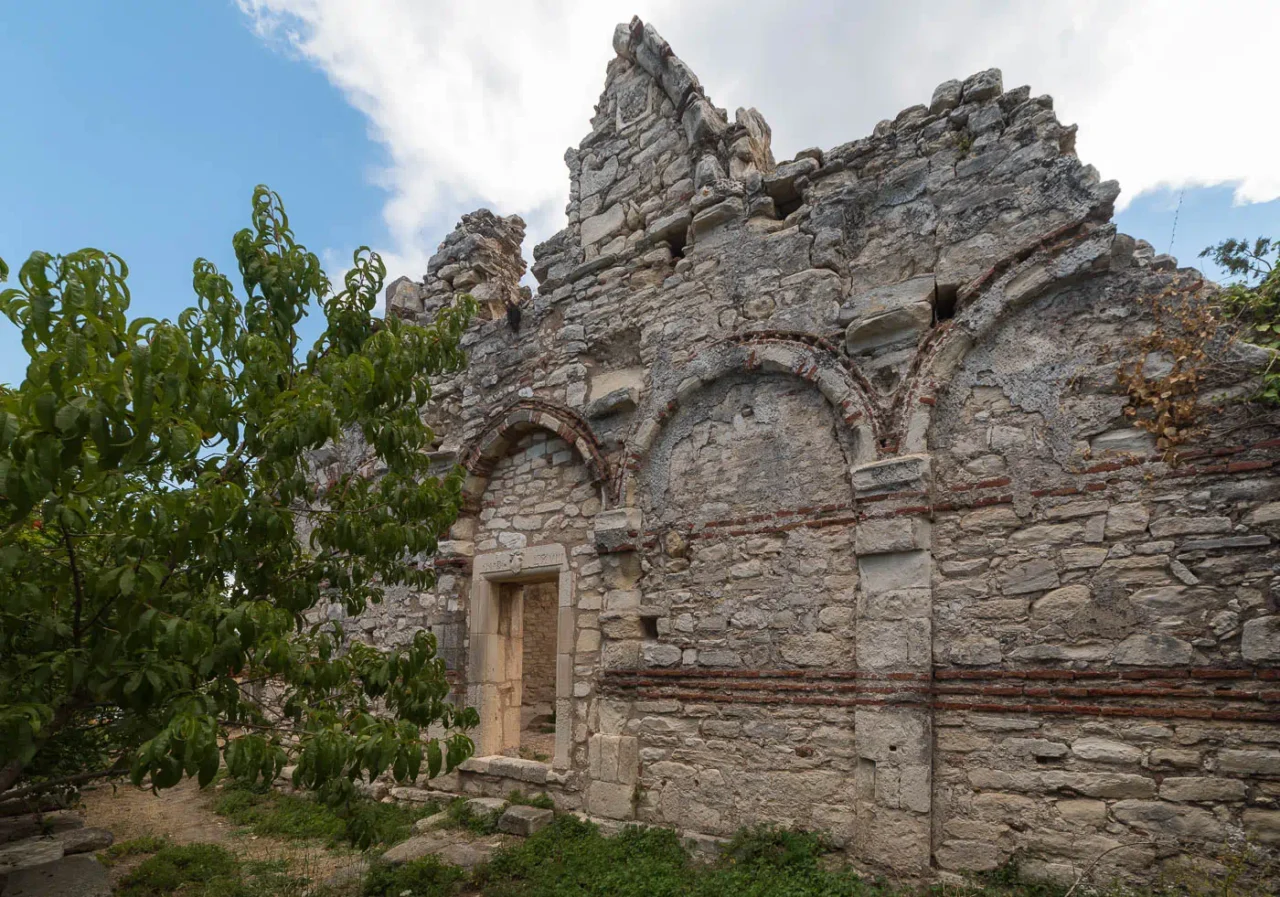
In the heart of the Mylopotamos region, near the modern village of Episkopi in Rethymno, Crete, stands the venerable church of Agios Ioannis (Saint John the Baptist). This enduring structure, a testament to the island’s rich Byzantine heritage, has witnessed centuries of religious and cultural evolution.
The church’s origins trace back to the Middle Byzantine period, likely in the 11th or 12th century, when it was constructed as a traditional basilica. This architectural style, characterized by a nave flanked by two aisles, a narthex, and a semicircular apse, was prevalent in early Christian churches across the Mediterranean. The original church was likely roofed with timber, a common feature in Cretan churches of that era.
However, the church’s form did not remain static. In the early 14th century, it underwent a significant transformation, being remodeled into a cross-in-square church with a dome. This architectural style, with its central dome supported by four columns, became increasingly popular in Crete during the late Byzantine and Venetian periods. The reasons for this transformation are not fully understood, but it likely reflects changing aesthetic preferences and the influence of architectural trends from Constantinople and other parts of the Byzantine Empire.
The church’s historical significance is deeply intertwined with its role as the cathedral of the Mylopotamos diocese during the Byzantine era. Episkopi, the settlement where the church is located, served as the administrative center of the region, and the church would have been a focal point for religious and social activities. The dedication to Agios Ioannis (Saint John the Baptist) further underscores the church’s connection to early Christian traditions in Crete.
Despite the passage of time and the numerous modifications the church has undergone, it still retains elements of its original Byzantine structure. Parts of the walls, the apse, and some decorative elements offer glimpses into the church’s past. Archaeological excavations at the site have unearthed fragments of frescoes and other artifacts, providing valuable insights into the artistic and cultural practices of the Byzantine period.
Today, the church of Agios Ioannis in Episkopi continues to serve as an active place of worship, a testament to the enduring religious traditions of the region. The church’s well-preserved architecture and historical significance make it a popular destination for visitors interested in Byzantine history and Cretan heritage. The juxtaposition of the original basilica plan with the later cross-in-square design offers a unique opportunity to study the evolution of ecclesiastical architecture in Crete.
Key Points:
- Construction Period: 11th-12th century AD (original structure)
- Location: Near Episkopi village, Mylopotamos region, Rethymno, Crete
- Dimensions: Not specified in the reference text.
- Historical Significance: Cathedral of the Mylopotamos diocese during the Byzantine era, demonstrates the evolution of ecclesiastical architecture in Crete.
- Current Status: Active church, partially preserved ruins of the original structure.
Access
In the settlement of Episkopi.













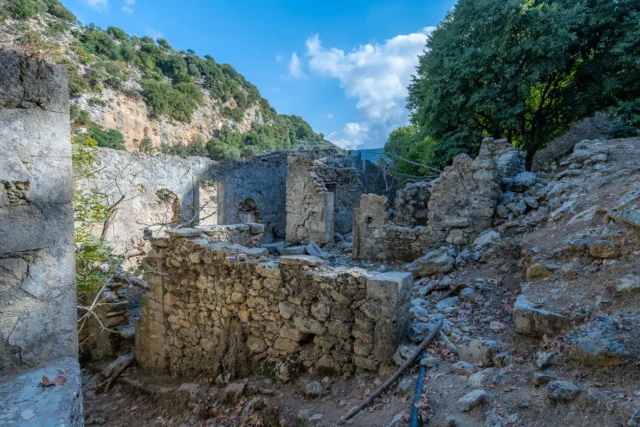

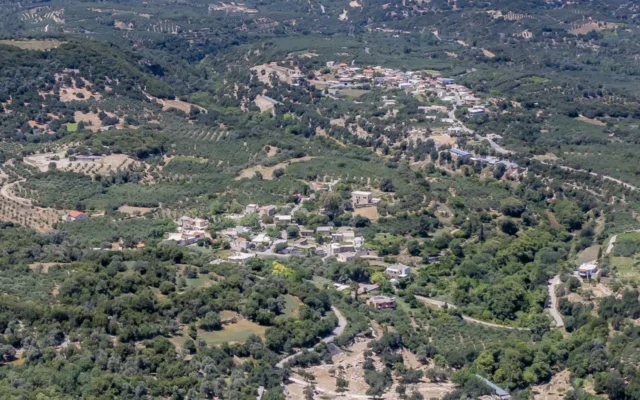

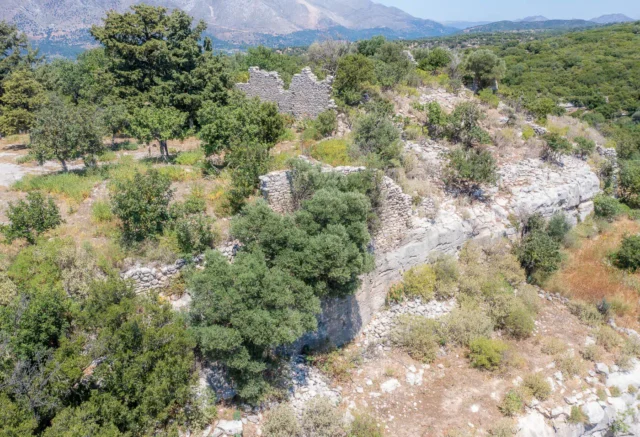

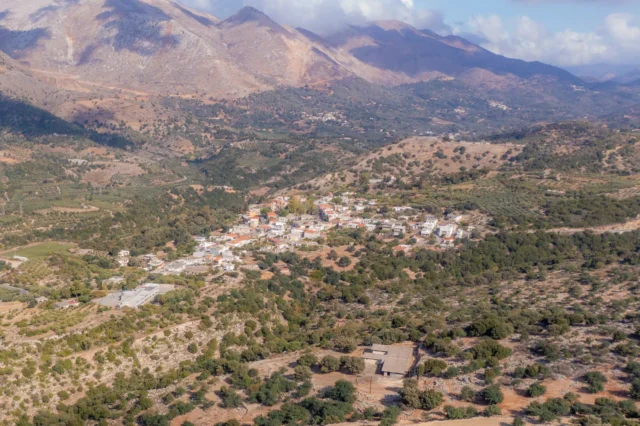


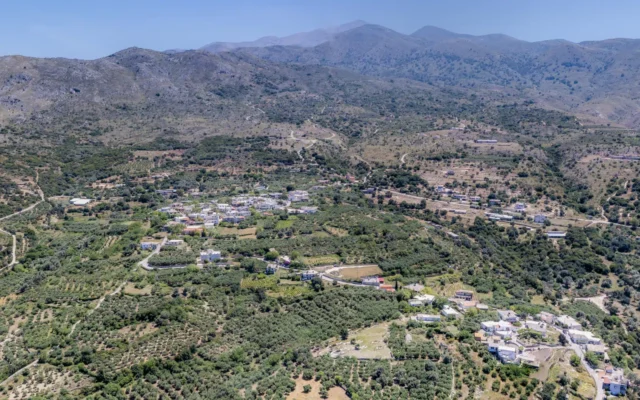

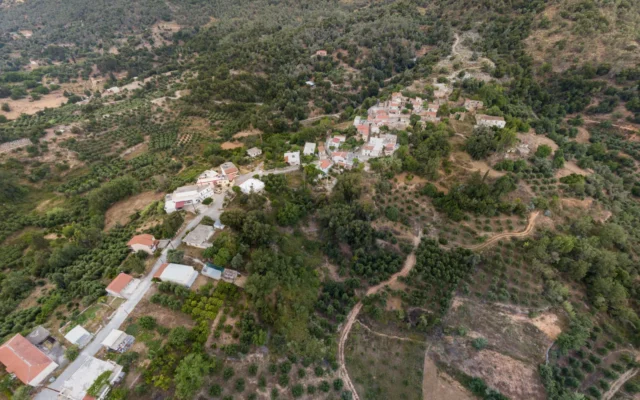

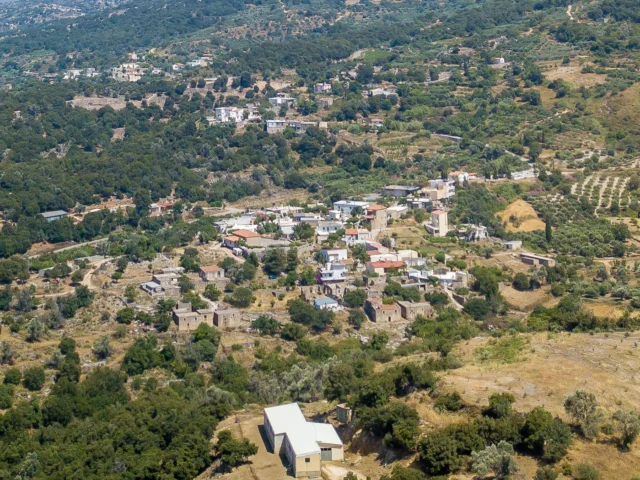

There are no comments yet.